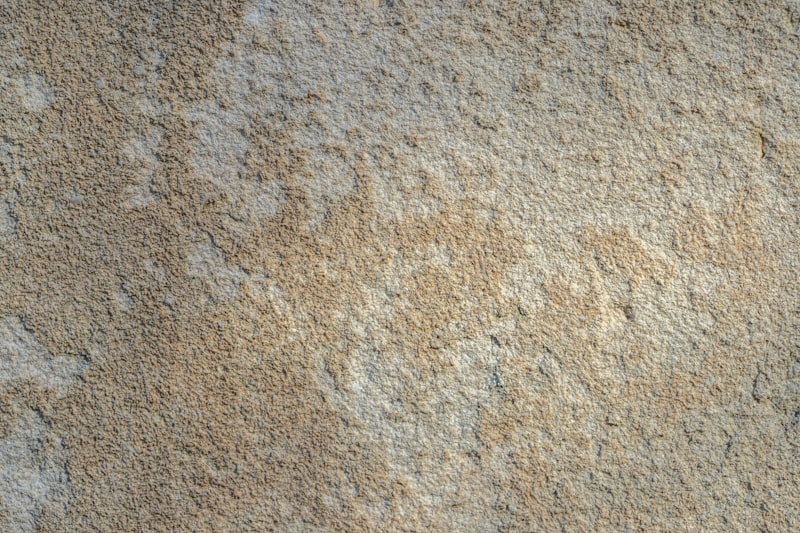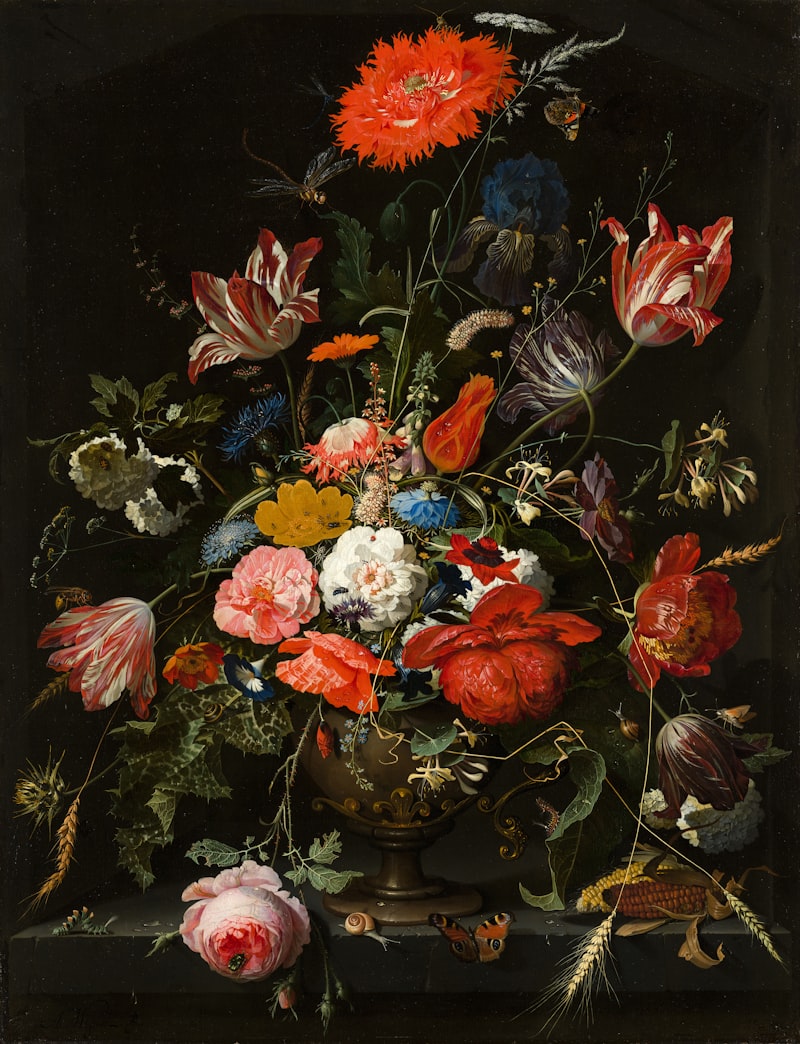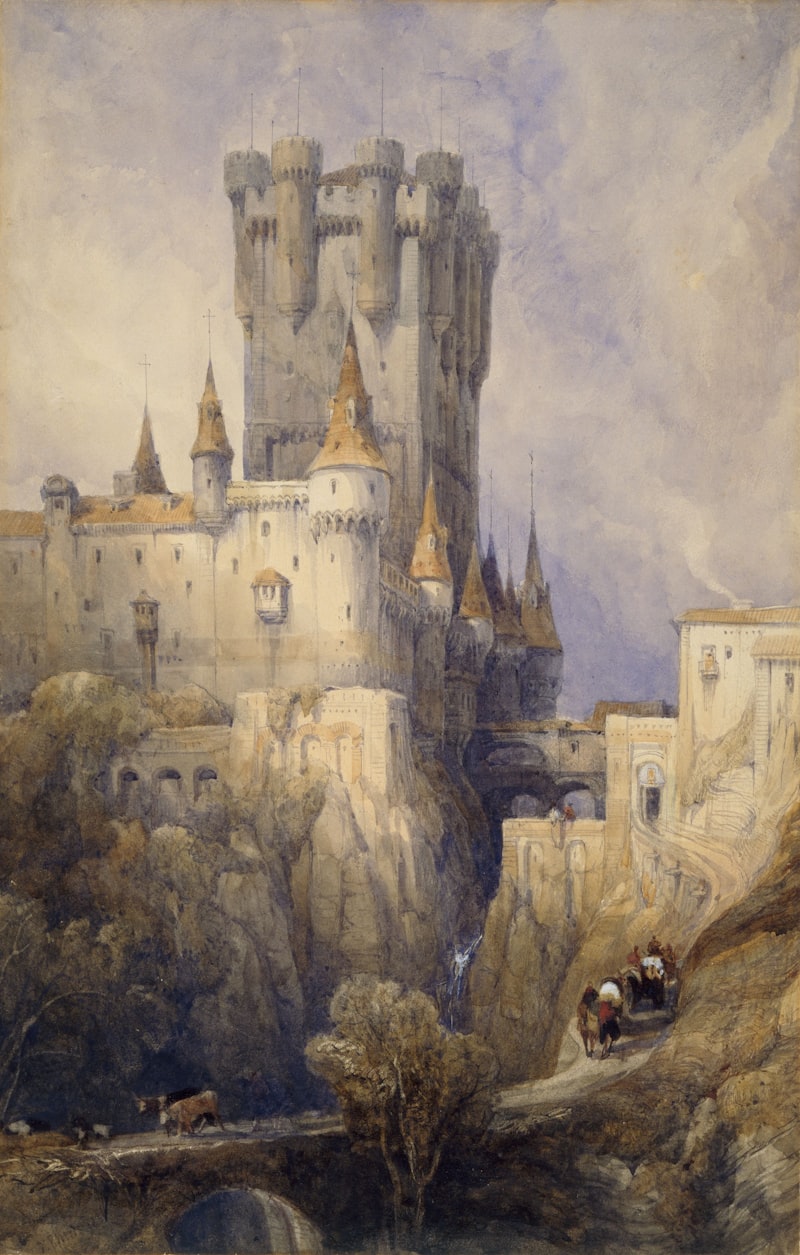These artworks, found worldwide from the caves of Lascaux in France to the Kimberley region in Australia, serve as silent witnesses to our shared past. They depict hunting scenes, celestial events, and ritualistic practices, offering a profound insight into the daily lives and beliefs of our ancestors. The delicacy of these artworks, often created using natural pigments and simple tools, underscores the deep connection ancient societies had with their environments.
Moreover, the preservation of these rock art sites is crucial not only for historical understanding but also for ecological reasons. They are often located in remote, pristine landscapes, providing a sanctuary for biodiversity and serving as markers of environmental change over millennia. Each stroke on the rock surface tells a story that stretches far beyond human memory, inviting us to ponder the resilience and creativity of ancient peoples.
Studying these artworks requires meticulous care and respect, as they are delicate cultural treasures vulnerable to both natural erosion and human impact. Researchers employ advanced techniques such as laser scanning and 3D modeling to document and analyze these sites without disturbing their integrity. Such efforts not only enhance our understanding of history but also contribute to global efforts in cultural preservation and heritage conservation.
In essence, ancient rock art is more than just pigment on stone—it’s a testament to human ingenuity, creativity, and resilience across millennia. It challenges us to contemplate our place in the vast tapestry of history and to cherish the legacies left by those who came before us.
Unlocking Mysteries: The Timeless Elegance of Ancient Rock Art
Have you ever wondered about the secrets hidden in the strokes of ancient rock art? These captivating artworks, etched into the very fabric of history, hold timeless elegance that continues to intrigue archaeologists and art enthusiasts alike. Each stroke tells a story, unlocking mysteries of civilizations long past.
Imagine standing before a rugged cliff adorned with paintings that seem to whisper tales of ancient rituals, hunting expeditions, and spiritual beliefs. These artworks, often created using natural pigments and rudimentary tools, offer a glimpse into the lives and cultures of our ancestors. They are more than just drawings; they are windows into a world we can only imagine.
What makes ancient rock art truly mesmerizing is its ability to transcend time. These masterpieces have survived millennia of weathering and human activity, yet their essence remains intact. They serve as a testament to human creativity and perseverance, reminding us of our deep-rooted connection to the earth and its history.
As we decode these intricate patterns and symbols, we unravel stories of resilience and adaptation. Each figure painted on the rock face holds significance, whether it depicts a communal gathering, celestial events, or daily life. These images were not merely decorations; they were expressions of cultural identity and spiritual beliefs.
In a world dominated by modern technology and fast-paced living, ancient rock art stands as a serene reminder of our humble beginnings. It encourages us to pause, reflect, and appreciate the rich tapestry of human heritage that spans across continents and epochs. Let us continue to marvel at these timeless expressions of creativity and wisdom, preserving them for future generations to cherish and study.
This article aims to engage readers by evoking curiosity about ancient rock art while maintaining an informal yet informative tone, using personal pronouns, rhetorical questions, and analogies to captivate interest.
Journey Through Time: Exploring the Symbolism in Ancient Rock Art
Imagine standing before a towering rock face adorned with intricate drawings that seem to pulsate with life, despite the centuries that have passed since they were created. These ancient artworks are not mere doodles; they are a window into the beliefs, rituals, and daily lives of our ancestors. Each stroke, each etching, holds a tale waiting to be deciphered.
In various parts of the world, from the caves of Lascaux in France to the petroglyphs of the American Southwest, ancient civilizations left behind a legacy in stone. These artworks depict hunting scenes, celestial bodies, and mysterious symbols whose meanings have fascinated archaeologists and historians for generations. They serve as a testament to the ingenuity and creativity of early humans, who used rudimentary tools to create lasting impressions.
Symbolism in ancient rock art is not just about decoration; it’s about communication. Take, for instance, the depictions of animals such as bison or deer. These were not simple illustrations but representations laden with symbolic meaning. They could signify successful hunts, spiritual connections to animal spirits, or even warnings of dangers lurking in the wilderness.
Moreover, geometric patterns and abstract designs found in rock art are like a universal language transcending time and culture. They might denote maps of the cosmos, seasonal cycles, or rituals performed during important ceremonies. Each symbol carries a weight of significance that connects us to our past and helps us understand the worldview of ancient civilizations.
As we contemplate these ancient artworks, we are reminded that human creativity and expression have always been intertwined with the natural world. The rock faces that bear these images have endured through millennia, serving as silent witnesses to the evolution of human consciousness and the enduring power of symbolism.
Next time you encounter a photograph or visit a site with ancient rock art, pause and consider the stories these symbols convey. They are not just remnants of the past but keys to unlocking the rich tapestry of human history.
Hidden Treasures: The Global Quest for Ancient Rock Art Sites
Imagine stepping back in time, surrounded by the echoes of ancient civilizations. The world is dotted with hidden treasures that offer glimpses into humanity’s distant past. Among these treasures are ancient rock art sites, where our ancestors left their mark on stone canvases, telling stories of their lives, beliefs, and cultures.
These sites, scattered across the globe, hold invaluable insights for archaeologists and historians alike. From the intricate cave paintings of Lascaux in France to the mysterious petroglyphs of Valcamonica in Italy, each site offers a unique window into ancient societies. But why are these rock art sites so captivating?
Firstly, they provide a direct connection to our ancestors. Through vivid depictions of hunting scenes, rituals, and daily life, these artworks transcend time, allowing us to peer into the minds of those who came before us. It’s as if these ancient artists are speaking to us through their art, sharing their triumphs and struggles.


Moreover, rock art sites are marvels of ancient creativity and ingenuity. The techniques used to create these artworks, often using natural pigments and rudimentary tools, showcase the skill and artistic flair of ancient civilizations. Each stroke of paint or chisel mark tells a story of innovation and cultural expression.
Additionally, these sites are crucial for understanding the development of human societies. They offer clues about early belief systems, social structures, and technological advancements. For example, the rock art of Australia’s Kakadu National Park provides insights into the spiritual beliefs and environmental knowledge of Aboriginal peoples.

Furthermore, the preservation of rock art sites is vital for future generations. As custodians of our shared heritage, it is our responsibility to protect and conserve these fragile artworks. Climate change, tourism, and vandalism pose significant threats to these sites, underscoring the importance of sustainable conservation efforts.
Ancient rock art sites are not just archaeological wonders but windows into our past, offering profound insights into the rich tapestry of human history. By exploring these hidden treasures, we can gain a deeper appreciation for the diversity of cultures that have shaped our world.
Preserving History: Techniques to Safeguard Ancient Rock Art
Imagine standing before an ancient rock face, its surface adorned with millennia-old paintings that whisper tales of civilizations long gone. These treasures of human history, known as ancient rock art, are invaluable windows into our past. However, safeguarding them presents a daunting challenge due to natural erosion, environmental factors, and human activity.
One of the most effective techniques in preserving ancient rock art involves non-invasive methods. Rather than physically interacting with the art, experts use advanced imaging technologies like laser scanning and photogrammetry. These tools create high-resolution 3D models that capture every detail of the art without causing any harm. By digitizing the rock art, researchers can study and analyze it extensively while minimizing physical impact.
Another crucial approach is environmental monitoring and management. Understanding how natural elements such as sunlight, wind, and water interact with the rock surfaces is essential. Protective measures such as installing barriers or shelters can shield the art from direct exposure to harsh weather conditions, thereby slowing down the process of deterioration.
Furthermore, community involvement plays a pivotal role in the preservation efforts. Educating local communities about the cultural significance of rock art fosters a sense of pride and ownership. When communities become stewards of their heritage, they are more likely to actively participate in conservation initiatives, including monitoring and reporting any potential threats.
In addition to these proactive measures, employing conservation-grade materials for maintenance is essential. For instance, using breathable coatings and consolidants that are specifically formulated to interact harmoniously with the rock surface helps stabilize fragile areas and prevent further decay.
Beyond Borders: How Ancient Rock Art Transcends Cultural Boundaries
Imagine standing before a towering cliff adorned with millennia-old paintings, each stroke a glimpse into the beliefs, rituals, and daily lives of our ancestors. From the hauntingly lifelike animal figures of Chauvet Cave in France to the enigmatic human-like forms of Bhimbetka in India, these artworks spark curiosity and awe. They aren’t just static images; they tell stories of survival, hunting prowess, and spiritual journeys etched by ancient hands.
What makes ancient rock art truly remarkable is its universality. Despite the vast geographical distances and diverse cultures that created them, these artworks share striking similarities in their themes and symbolism. Whether it’s the depiction of hunting scenes, celestial bodies, or ceremonial rituals, they reflect fundamental aspects of human existence that transcend cultural boundaries.
The artists of these ancient masterpieces may have lived thousands of years apart, yet their motivations resonate across time. Like a shared language spoken through visual narratives, rock art connects us to our collective heritage and the enduring human quest for expression and meaning. It’s a vivid reminder that creativity knows no bounds, spanning generations and civilizations.
Today, these ancient sites serve as open-air museums, preserving not just the art but the stories of our past. They invite us to ponder the lives and thoughts of those who came before, offering a glimpse into worlds long vanished yet still vibrant in their artistic legacy.
As we marvel at these ancient canvases, we are reminded of our shared humanity and the enduring power of art to transcend time and culture. Ancient rock art isn’t just a relic of the past; it’s a living testament to the timeless human spirit that continues to inspire and captivate us today.
Frequently Asked Questions
How can we preserve and protect ancient rock art sites?
Learn how to preserve and protect ancient rock art sites with our concise guide. Discover essential techniques and practices to ensure these cultural treasures endure for future generations.
What is ancient rock art and where is it found?
Ancient rock art refers to prehistoric artworks created on rock surfaces, often depicting scenes of daily life, animals, or spiritual symbols. It is found worldwide, with notable concentrations in places like the caves of Lascaux in France, the Kimberley region in Australia, and the rock shelters of Bhimbetka in India.
How old is ancient rock art?
Ancient rock art dates back thousands of years, with some examples found to be over 40,000 years old. These artworks offer invaluable insights into early human cultures and their artistic expressions.
What materials were used to create ancient rock art?
Discover the materials ancient artists used to create rock art, including natural pigments like ochre and charcoal, as well as tools like bone or stone. These elements were crucial in expressing their stories and beliefs on cave walls and rock surfaces.
What do experts believe ancient rock art symbols represent?
Discover what experts believe about the meaning of ancient rock art symbols. This concise FAQ explores interpretations and theories surrounding these historic depictions, shedding light on their cultural, spiritual, and possibly astronomical significance.


